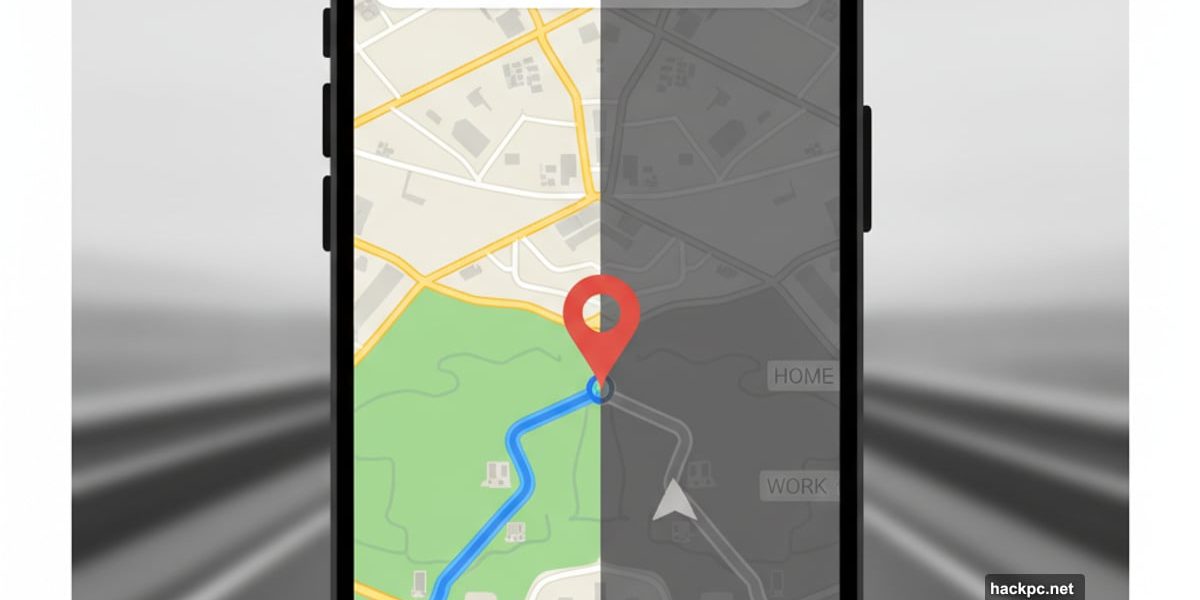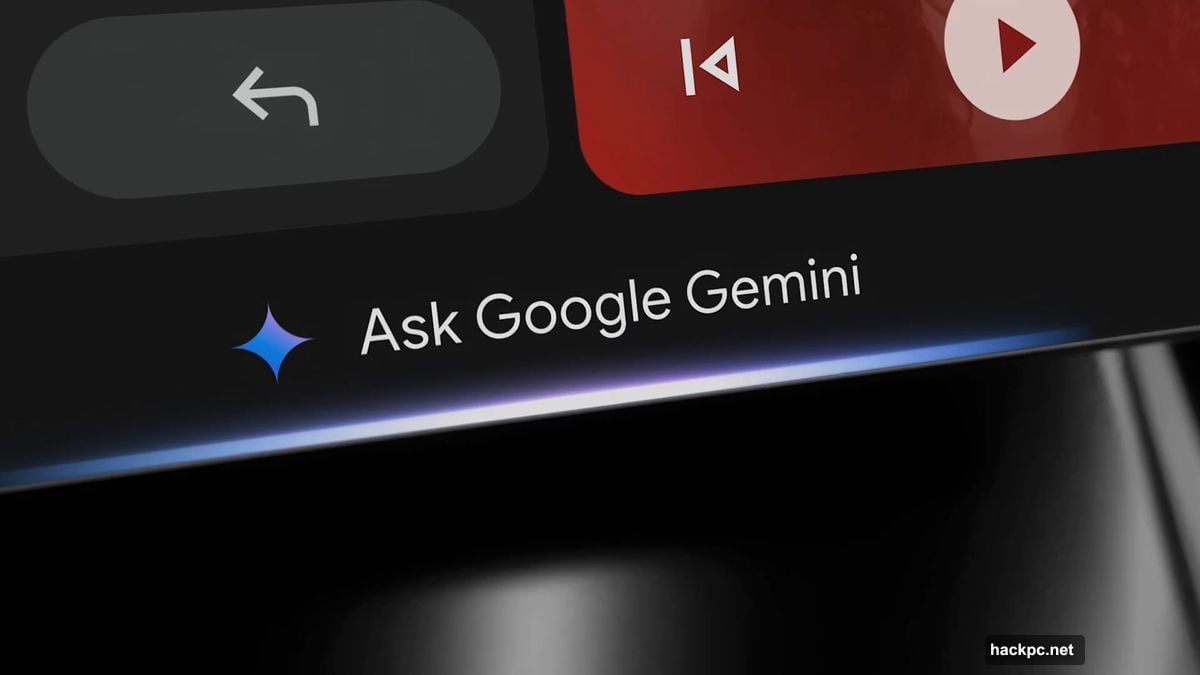
Google Maps just refined its Android Auto interface. Again.
The map now centers properly when you navigate full-screen through your car’s display. Plus, buried in the app’s code sits evidence of a battery-saving mode that could rescue your dying phone mid-route.
The Centered View Returns
Google tried this centering trick earlier this year. It flopped.

The map moved to the middle of your screen. But the search box and recent destinations overlay stayed put. So they blocked the exact area you needed to see – the turns directly ahead. Google rolled back the change fast.
Now it’s back. And this time, the company did it right.
The interface elements stay out of the way. Your route sits front and center without obstructions. The search box doesn’t intrude on the path ahead.
However, not everyone sees this update yet. Google appears to be rolling it out gradually. So if your Android Auto still shows the old layout, that’s normal.
Black and White Navigation Coming
A new power-saving mode hides in Google Maps’ Android code. It hasn’t launched. But screenshots leaked through code analysis reveal what’s planned.
The mode strips your screen down to essentials. Everything turns black and white. Most labels disappear. Only critical navigation info remains visible.
This minimalist approach serves one purpose: keep your phone alive longer. Colors drain battery. Unnecessary screen elements drain battery. Remove both and you squeeze out extra navigation time.
That matters when you’re lost with 3% charge remaining. The difference between reaching your destination with GPS guidance or finishing the trip by memory and hope.

Why These Changes Matter
Both updates tackle real frustrations.
The centered map fixes a layout problem that should never have shipped broken. If you’re going to center the navigation view, actually center it properly. Don’t leave interface elements blocking the most important part of your screen.
The power-saving mode addresses a common road trip nightmare. Modern phones have decent battery life. But running GPS continuously with the screen on drains power fast. Add streaming music and taking photos along the way, and suddenly you’re hunting for a charger.

Google hasn’t confirmed when this mode arrives. Code presence suggests it’s in active development. But companies often test features that never ship. So this might change before launch – or get cancelled entirely.
The Bigger Picture
These tweaks represent Google’s ongoing refinement of Maps. Not flashy AI features. Not radical redesigns. Just fixing annoyances and adding practical tools.
The centered view corrects a mistake from the first attempt. The battery mode solves a problem every driver with an older phone knows well. Both changes improve the core navigation experience without adding complexity.
That’s the right approach. Maps succeeds because it reliably gets you from point A to point B. Everything else is secondary to that fundamental job.



Comments (0)